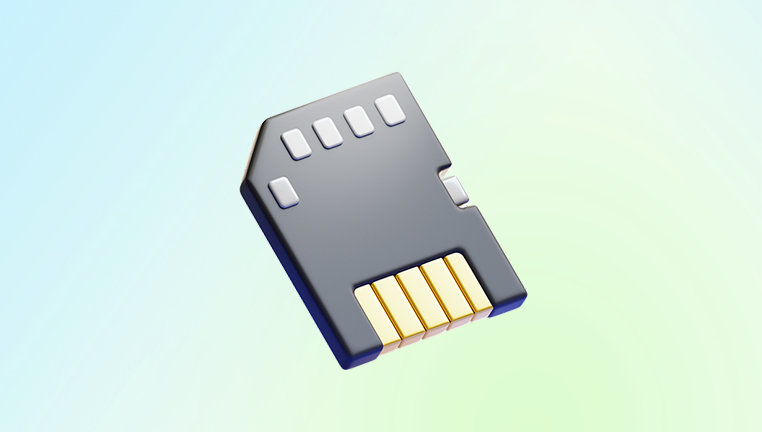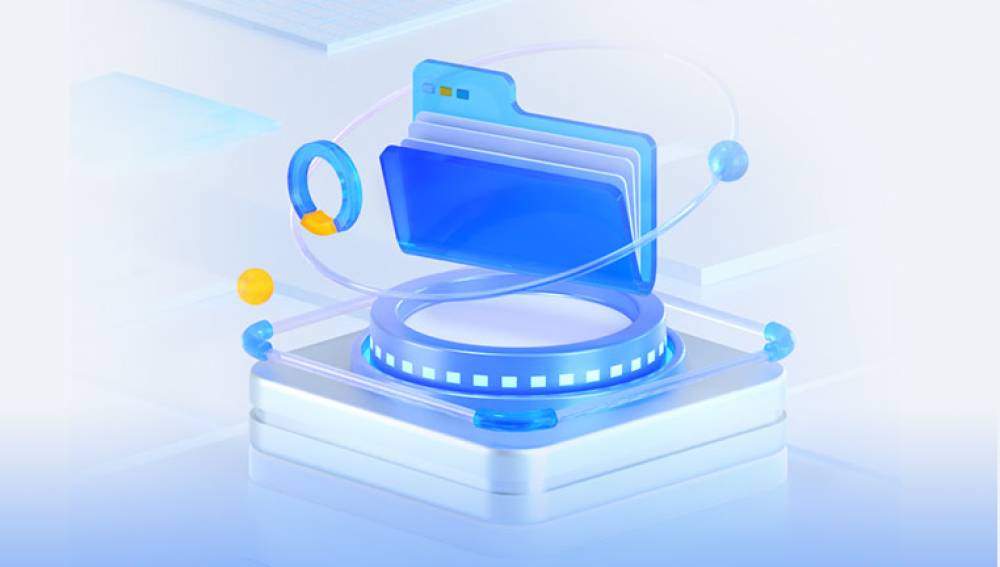Memory cards are widely used across various devices cameras, smartphones, drones, tablets, dash cams, and more. They're compact, convenient, and capable of holding thousands of photos, videos, and files. But what happens when you lose important data from one? Whether your files are deleted accidentally, lost during formatting, or rendered inaccessible due to corruption, the right free memory card retrieval software can help recover what’s gone.
To understand how retrieval software operates, it’s important to know what happens when you delete a file from a memory card.
When a file is deleted, it’s not immediately removed from the card. Instead, the space it occupies is marked as "available" for reuse. The file itself still resides on the card until new data is written over it. This is why deleted files can often be recovered even after formatting or corruption if you act quickly and avoid using the card further.
Retrieval software works by scanning the card’s surface for traces of deleted or lost data. It identifies recoverable files based on metadata or file signatures, reconstructs them, and allows you to save them to a secure location.

Common Reasons for Memory Card Data Loss
Understanding the causes of data loss can help you choose the right retrieval method and prevent further issues:
Accidental Deletion
Files are often deleted while reviewing them on a camera or transferring them to a computer.
Formatting
Sometimes users unintentionally format a memory card or follow a device’s prompt to do so after an error.
Corrupted File System
Removing a card while it’s in use or a sudden device shutdown can corrupt its file structure.
Virus or Malware
Malicious software can delete or hide files from a memory card.
Improper Ejection
Not using the "eject" option before removing the card from a computer or device can cause file errors.
Physical Damage
If a memory card is cracked, water-damaged, or exposed to static electricity, data access may be lost.
Free Memory Card Retrieval Software Options
There are several free programs that can help recover lost data from memory cards. While free versions may come with some limitations (such as file recovery caps or lack of deep scan), they are often effective for basic retrieval needs.
1. Drecov Data Recovery (by Piriform)
Drecov Data Recovery is designed for users of all experience levels. With its clean interface and step-by-step process, you can recover deleted photos, videos, audio files, and documents without needing technical knowledge. The software supports a wide range of file formats, including JPG, PNG, MP4. MOV, MP3. DOCX, and even RAW image files from digital cameras.
Getting started is simple: download Drecov Data Recovery on your Windows or Mac computer, insert your memory card using a card reader, and launch the program. The software will automatically detect your card and offer two scanning options—quick scan for recent deletions and deep scan for formatted or corrupted cards. After scanning, you can preview recoverable files and choose which ones to restore.
Panda’s free version allows you to perform recovery with no hidden costs or time limits. It uses a non-destructive process that reads from the card without writing any new data, ensuring the best chance of recovery.
2. PhotoRec (by CGSecurity)
Platform: Windows, macOS, Linux
Pros:
Extremely powerful and effective
Recovers over 480 file extensions
Works on many file systems including FAT, exFAT, NTFS
Cons:
Text-based interface can be intimidating
No file name recovery—just raw content
Despite its minimal interface, PhotoRec is one of the most powerful free recovery tools available. It’s ideal for advanced users who need deep-level recovery.
3. Disk Drill (Free Version)
Platform: Windows, macOS
Pros:
Clean, modern interface
Free version recovers up to 500MB (Windows)
Preview files before recovery
Supports SD, microSD, USB, and more
Cons:
Recovery cap on free version (Windows only)
Limited features on macOS free version
Disk Drill is a great option for quick recovery tasks, especially if you’re working with a limited amount of data. It’s also ideal for those who prefer a visual, guided interface.
4. EaseUS Data Recovery Wizard (Free Version)
Platform: Windows, macOS
Pros:
Up to 2GB of data recovery (after sharing)
Easy to use
Recovers files from formatted or corrupted memory cards
Cons:
Free version has recovery cap
Advanced features locked behind paywall
EaseUS is known for its simplicity and effectiveness. Its free version is suitable for basic photo or video retrieval.
5. MiniTool Power Data Recovery (Free Version)
Platform: Windows
Pros:
Supports external drives and memory cards
Free up to 1GB of recovery
Quick and deep scan modes
Cons:
Windows only
Limited preview capabilities
MiniTool is a solid option for recovering commonly used file types like JPEGs, PNGs, and MP4s from memory cards.
6. R-Photo (by R-TT)
Platform: Windows
Pros:
Free with no recovery cap
Designed for photo recovery
Supports RAW image formats (CR2. NEF, etc.)
Cons:
Not as full-featured as other R-TT tools
Interface is dated
This software is ideal for photographers or users who need to recover images without paying for premium software.
Step-by-Step Guide to Using Free Retrieval Software
While interfaces may vary slightly, most memory card recovery tools follow a similar recovery process:
Stop Using the Memory Card
To avoid overwriting deleted data, immediately stop using the card once you realize files are lost.
Insert the Card into a Reader
Connect the memory card to your computer via a USB card reader for stable and fast access.
Download and Install the Software
Install the chosen recovery tool on your computer—preferably on a different drive than the one being recovered.
Open the Software
Launch the application. Most tools will detect removable storage devices automatically.
Select the Memory Card
Choose the correct drive letter or card from the list of devices shown.
Choose the Scan Type
Quick Scan: Ideal for recently deleted files
Deep Scan: Best for formatted or corrupted cards
Start the Scan
Allow the software to scan the card thoroughly. This could take a few minutes to over an hour depending on the size and damage.
Preview Found Files
Most tools let you preview pictures, videos, or documents to verify integrity before recovery.
Select Files to Recover
Check the boxes next to the files you want to restore.
Choose Recovery Destination
Always save recovered files to a new location—never back to the memory card—to avoid corruption or overwriting.
Tips for Successful Memory Card Recovery
Act Quickly: The sooner you begin recovery, the better your chances of retrieving intact files.
Avoid Overwrites: Don’t use the card for new data until recovery is complete.
Use Reliable Readers: Faulty card readers can interrupt scanning or corrupt data further.
Check File Integrity: After recovery, verify that photos and videos open correctly and aren't corrupted.
What If Recovery Software Doesn’t Work?
In some cases, free software may not be able to retrieve your files, particularly if:
The card is physically damaged
Files were fully overwritten
The memory chip has failed internally
When this happens, you can try:
Commercial Recovery Tools: Upgrading to a paid version may offer better results, particularly with file reconstruction and RAW support.
Professional Recovery Services: If the data is irreplaceable, specialists can physically repair or read the card’s memory chips in a clean lab.
Prevention: How to Avoid Memory Card Data Loss in the Future
Backup Regularly
Transfer files to your computer or cloud storage often. Don’t wait until the card is full.
Use Multiple Cards
Divide your data between cards, especially for long events like vacations or professional shoots.
Safely Eject Devices
Always use “safely remove hardware” before unplugging memory cards or readers.
Don’t Delete from Camera
Deleting files directly from the camera can cause file system inconsistencies. Use a computer instead.
Avoid Cheap or Fake Cards
Low-quality cards are more prone to corruption and failure.
Use Write Protection
If your card has a physical switch, lock it before inserting into unknown or public computers.
Avoid Filling to Capacity
Leaving a small amount of free space can help prevent errors.




